
Middle East
: The Halal Food Challenge In The Middle East (Photo : Just Food)" width="369" height="246" /> Briefing : Middle East : The Halal Food Challenge In The Middle East (Photo : Just Food)21 Jumadil Akhir 1436/10 April 2015 (MINA) – With 317 million Muslims in the Middle East and North Africa, demand for halal meat is ever increasing and the opportunity for importers is huge. However, the lack of a global standard means there is confusion surrounding what qualifies as halal.
Supplying ‘halal’ meat to the region is therefore a far more complex task than one might imagine. Paul Cochrane explores.
The Middle Eastern halal meat market is anticipating significant growth in the next few years, driven by rising populations and rising consumer awareness about food content.
However, the lack of a common global halal standard is hindering the market’s potential, given the region is heavily dependent on imports from non-Muslim countries, Just Food quoted by Mi’raj Islamic News Agency (MINA) as reporting.
Also Read: Packaging Industry Supports Halal Ecosystem
Until October, when the United Arab Emirates launched a ‘Halal National Mark’ to regulate and certify the halal industry, there was no halal standards body in the Middle East and north Africa.
“The concept in the MENA was ‘kulu halal’ (everything is halal in Arabic) but that is not the case any more in our globalised economy, and is limited to slaughtering controlled by government ministries.
Sadly there is a lot of contamination (i.e. not halal) in food ingredients, especially in processed food,” Asad Sajjad, CEO of the UAE-based Gulf Halal Center and Halal Development Council, says.
Halal, which is Arabic for permissible, requires adherence to Islamic law, or Sharia. Muslims are not allowed to consume pork or by-products, animals that were unhealthy or dead prior to slaughtering, animals not slaughtered properly or in the name of God, carnivorous animals or animals contaminated by blood or alcohol.
Also Read: 7th World Halal Summit Held in Istanbul
Slaughter is by a sharp knife that cuts directly to the jugular vein, carotid artery and windpipe, with the blood drained from the carcass. The rest of the butchering process can be mechanical.
Opinions differ as to whether stunning is halal or not. This is particularly relevant in the EU where it is mandatory to stun livestock, although countries such as the UK have rulings exempting religious slaughter. That said, 88% of animals slaughtered by halal methods in the UK were stunned beforehand, according to a 2012 report from the country’s Food Standards Agency.
“Real halal is hand-slaughtered, non-stunned, but because of huge demand and fast production the compromise is that stunning is allowed for bigger animals.
A problem with stunning, especially of poultry, is you don’t know if the animal is dead or alive. With larger animals you are sure it is alive, although some countries will not accept it, like Iran, Pakistan and Egypt,” Sajjad explains.
Also Read: Halal Tourism Pays Attention to Tourist Comfort
The lack of halal standards bodies was due to 85% of meat imported to the 56-member countries of the Organisation of Islamic Cooperation (OIC) being from non-OIC countries, according to DinarStandard, a growth strategy research and advisory firm in New York.
As a result, standardisation bodies were established in major exporting countries. The top exporters of meat and live animals to the OIC in 2013, were Brazil with sales of US$4.7bn, India with exports worth $2.1bn, Australia at $1.6bn, the US at $1.15bn and France with shipments worth $804m, according to a ThomsonReuters-DinarStandard report ‘State of the Global Islamic Economy 2014-2015’.
The top importing OIC countries of meat and live animals in 2013 were Saudi Arabia, which bought $2.7bn worth of shipments, the UAE with $1.5bn, Egypt with US$1.2bn, Malaysia with $897m and Iraq with $864m – followed by Jordan, Qatar, Indonesia, Kuwait and Libya with between $500-US$600m each respectively.
With the global halal food market estimated to be worth $1.09trn, according to DinarStandard, and forecast to grow to $1.6trn by 2018, driven by demand from 1.6bn Muslims, there is a growing need for halal certification standardisation.
Also Read: Sheikh Watteau Supports Philippine Halal Certification Through ISO
“There are opportunistic, profit-driven initiatives involved in the halal market. That caused many problems in non-regulated countries, as anyone can set up a body to be halal, and off you go, with no good auditing or accreditation, which hurts the industry,” says Rafi-uddin Shikoh, CEO and managing director of DinarStandard.
At present, MENA countries send ministerial delegations to slaughterhouses abroad to check slaughtering is Sharia-compliant, working with local certification bodies. There are further inspections during importation. Some manufacturers carry out supervision themselves to ensure compliance.
“We do all the supervision, from A to Z. We have a supervisor at the slaughterhouse and our own slaughterer that has been properly trained, either from an Islamic country or a Brazilian Muslim,” says Saleh Abdullah Lootah, managing director of UAE-based Al-Islami Foods, the region’s largest halal food producer.
To improve standards worldwide, the OIC’s standardisation body, the Standards and Metrology Institute for Islamic Countries (SMIIC) has launched an initiative to globalise the various standards that exist, providing a template for countries to adopt. Food companies would then get halal accreditation from the local body.
Also Read: Indonesia-Brunei Discuss Increasing Halal Meat Exports
This is what has occurred through the UAE’s new standard, which awarded its first ‘Halal Mark’ to Global Food Industries (GFI), part of the Albatha Group, in February. The mark is expected to help position the UAE as a halal hub. “One of our targets is to help the UAE go from being a net importer to being a halal exporter,” Sajjad says.
Malaysia is considered the global leader in halal certification, providing a benchmark for standardisation bodies to emulate.
“The goal of SMICC is to address this standards gap, as we believe what will happen is that OIC governments are going to get stricter on what is halal, and not just be ‘kulu halal’,” Shikoh explains.
“We expect each country will have their own standard but make sure it is inter-operable to facilitate trade across the board, to know how Malaysian standards are different from say the standards body in the UAE.”
Also Read: Mathlaul Anwar University Promotes Banten Loves Halal Campaign
A challenge for the industry is to not make halal certification overly complicated. For instance, ensuring the whole logistics chain is halal such as separate loading facilities and halal hubs at ports to ensure no contact with pork and non-halal products can drive up costs.
“My belief is that halal should not be complicated or expensive,” Lootah asserts. “A whole value chain for halal is a costly exercise, and many Muslim countries don’t have high purchasing power. I don’t see logistics as a big issue as long as there is sufficient segregation.
“It is like the hotel industry with a one to five star rating. Halal has different criteria. Some want the highest standards and others are willing to compromise, but if they are given the same logo, that is not fair. It is about transparency. We are not there yet, but it is going that way.” (T/P002/P3)
Mi’raj Islamic News Agency (MINA)
Also Read: Two Halal Industrial Estates Built in NTB
Also Read: Two Indonesian Halal Industrial Areas Under Development





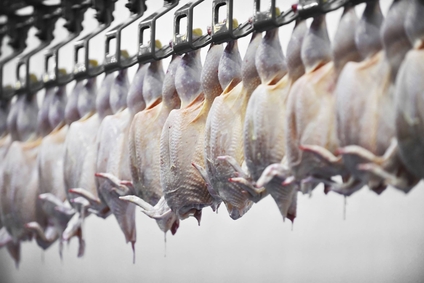

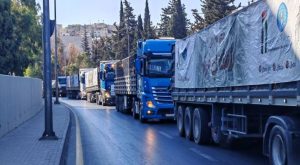








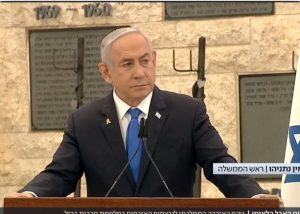
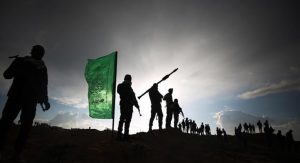
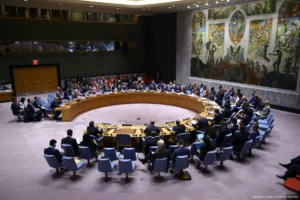
















 Mina Indonesia
Mina Indonesia Mina Arabic
Mina Arabic